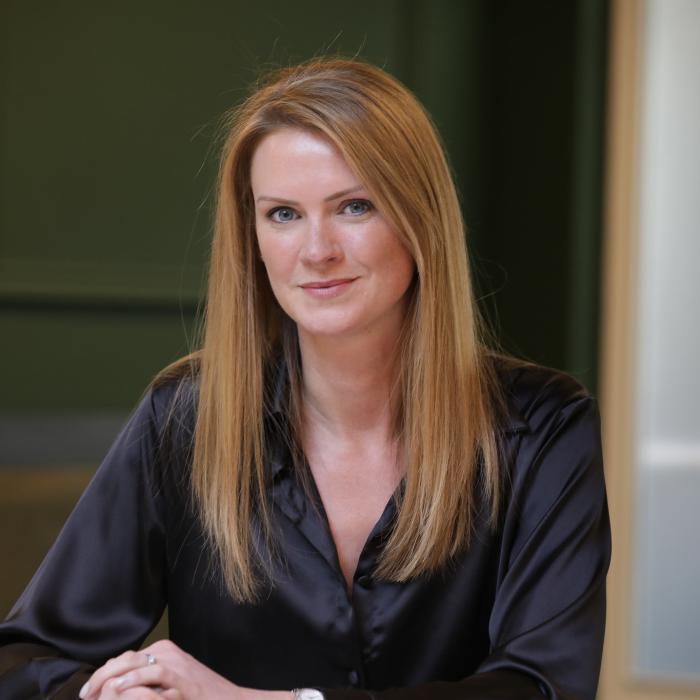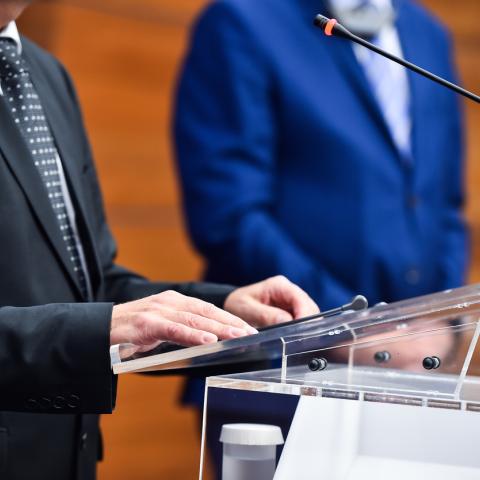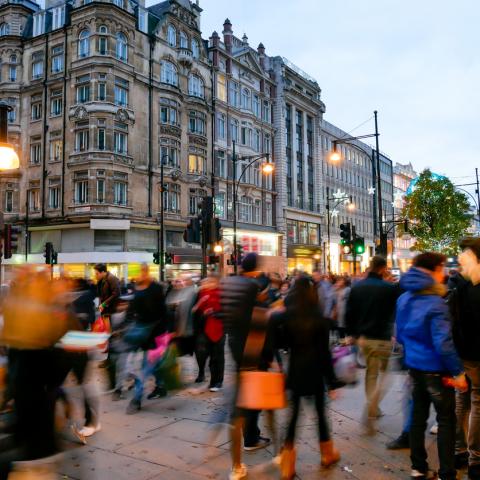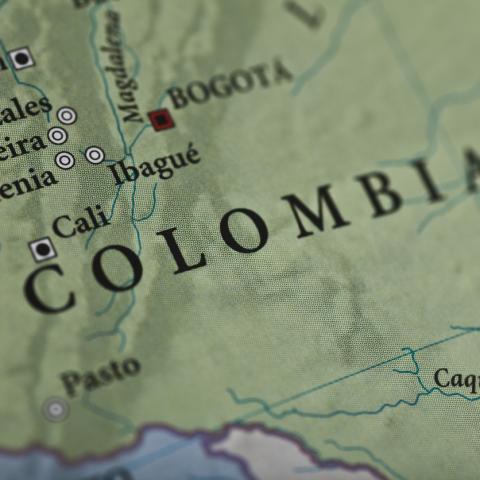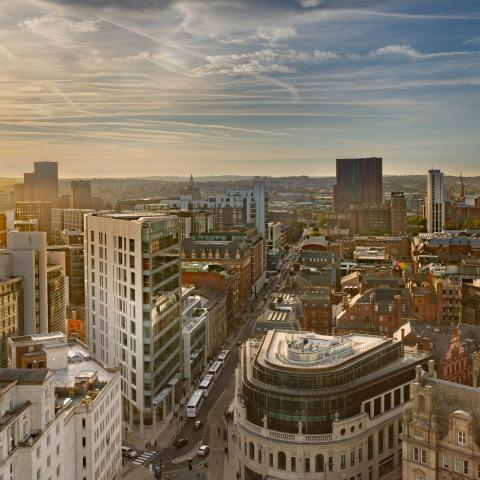Sustainable city living: Lessons from Milan
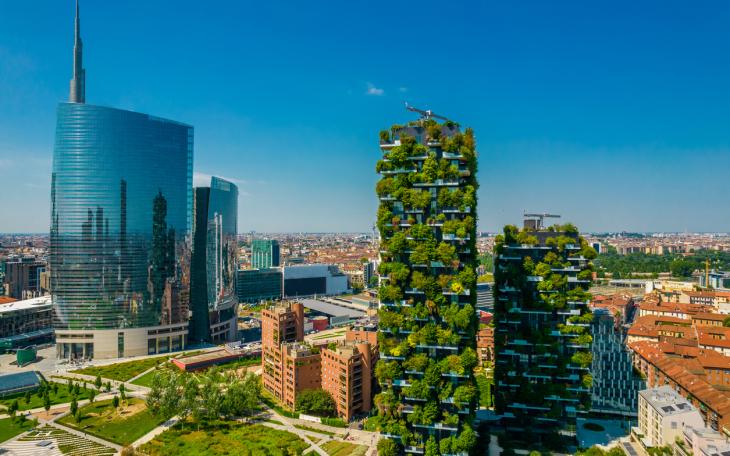
This week ends reflecting on a long-awaited visit to Milan for a closer look at its evolution as a sustainable, smart city as it prepares to take the international stage for the Winter Olympics in 2026.
With correspondents from Forbes, The Guardian, React News, Lux, Vanity Fair, Impact and The Times in tow, we heard from leaders of innovation across real estate, architecture and design, transport, technology and food waste, all working toward the same shared vision for Milan. An impressively holistic and collaborative approach to city development that looks to drive positive change across the full spectrum of urban living and the needs of the people within it.
When it comes to real estate and its major regeneration projects, this city is in the premier league of the long game. Infrastructure, place, buildings, utilities, amenities, construction methods – all are planned with a firm focus on the impact they will have in 20+ years’ time. Being largely led by the country’s leading sustainable real estate company, COIMA, which has both a professional and personal stake in the city might have a lot to do with that.
At the Prada Foundation (strictly all architecture, no accessories) we explored plans for the Winter Olympics Village which is kicking off Milan’s next major regeneration - the vast Porta Romana railway yard, one of several that have fragmented the Milan landscape for many decades. While the excitement of hosting one of the world’s most prestigious sporting events might lead some plans, this is being designed very much with its post-2026 legacy front and centre. For partners, COIMA, Convivio and Prada Holdings, along with the lead architect SOM, the single question behind every decision is: what will make a meaningful contribution to the local neighbourhood and the city?
The answer: an open and inclusive village in Porta Romana, re-connected to the local area and city. And an affordable student accommodation district addressing Milan’s chronic shortage and plan to grow as an international education centre. A total of 1700 student homes will be introduced following the Games, with the needs being thoughtfully designed in now to do so with minimal modification. Half of the entire new neighbourhood will be green space, including a public park and botanical garden to a suspended forest running above the still-active railway line (think the New York Highline – it’s not far off, being created by the very same Diller, Scofidio + Renfro). The targeted environmental and social impact is equally admirable with LEED and WELL Gold criteria being implemented as standard and the aim being to achieve Platinum.
What’s particularly inspiring about the sustainable ambitions and commitments for the Porta Romana neighbourhood is that it is not simply wishful thinking. Porta Nuova a few miles north is a convenient and robust ‘here’s one we made earlier’ example of this approach to regeneration in action. Now a thriving community and green-centred destination in the city with some 1m visits each year, this neighbourhood has just set a new global benchmark, being the first location ever to secure both LEED for Cities and Communities and WELL Community certifications – exemplar in both its social, environmental and economic sustainability and impact on health and well-being.
Equally important strides are being made in other aspects of city living. The Strade Aperte (Open Streets) initiative, introduced during lockdown to temporarily reallocate 35km of roads from cars to cyclists and pedestrians, is still in play. Many of these former ‘pop-up’ cycle and walkways are now permanent in a cleverly gradual move to reduce car reliance.
Food is also on the agenda. Just last year, Milan was awarded the inaugural Earthshot Prize for its Food Waste Hub initiative – part of its internationally acclaimed zero waste strategy. So successful has its campaign been, that the doggy bag is now officially in vogue right here in the world capital of style. From the finest restaurants and business lunch hotspots to local family favourites, leaving with your leftovers is as standard as a service charge.
In a short, yet action packed two days it’s clear that, while the sentiment and themes are similar across many cities, there are learnings to be taken from Milan’s approach. In particular, the holistic view, driving even small improvements across wider aspects of urban living; the focus on human need as both a purpose and measure of success in place of corporate box ticking; and the constant goal, not to meet standards, but exceed them and set new ones.

